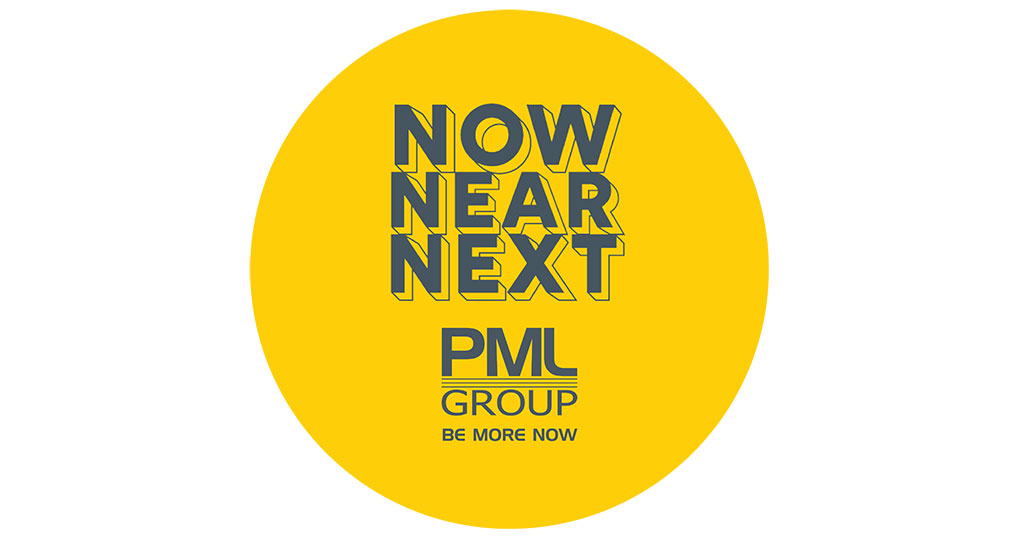
Niamh Manning, marketing executive, PML Group, with this week’s view from OOH.
A Spring Awakening
The Government’s road to recovery kicked off this week with restrictions starting to ease.
As a result, we have already seen a notable uplift in audience mobility. On Monday morning, Dublin Live reported over 183 traffic jams as travel limits lifted and schools returned.
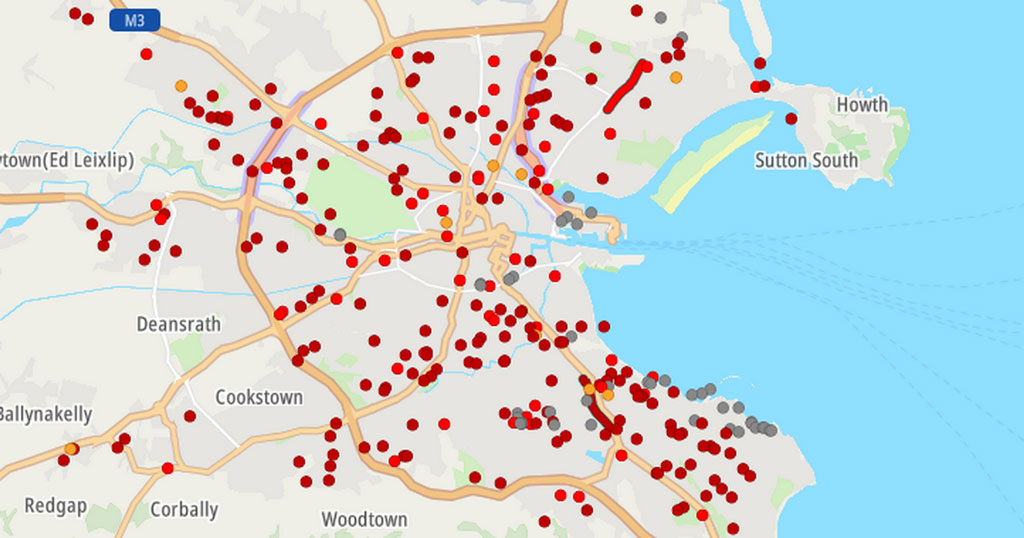
Optimism is certainly in the air and this renewed sense of freedom comes with a strong yearning to spend time outdoors and move more freely after a long period of lockdown. With the emphasis on outdoor settings and activities in the early stages of reopening, this newfound freedom will have a massive impact on audience movement.
Later this month, more hope emerges with outdoor sports facilities and outdoor visitor attractions reopening. From next Monday GAA training for and playing of senior intercounty national leagues and high performing athletes, as approved by Sport Ireland, can resume.
With the population venturing out more, embracing the fine spring weather and spending more time outdoors, the advertising opportunities and potential to connect with audiences in public spaces only expands as our exposure to the OOH medium increases across various environments and a number of different touchpoints.
The Re-emergence of the Rush Hour
This week has seen the highest levels of traffic congestion in 2021 in Dublin, Cork, Limerick and Belfast, according to TomTom’s Traffic Index.
Dublin’s congestion level averaged at 40% for the first four days of this week versus 23% year to date. This means that a 30-minute trip during peak hours is taking 40% more time (12 mins) than it would during baseline uncongested conditions.
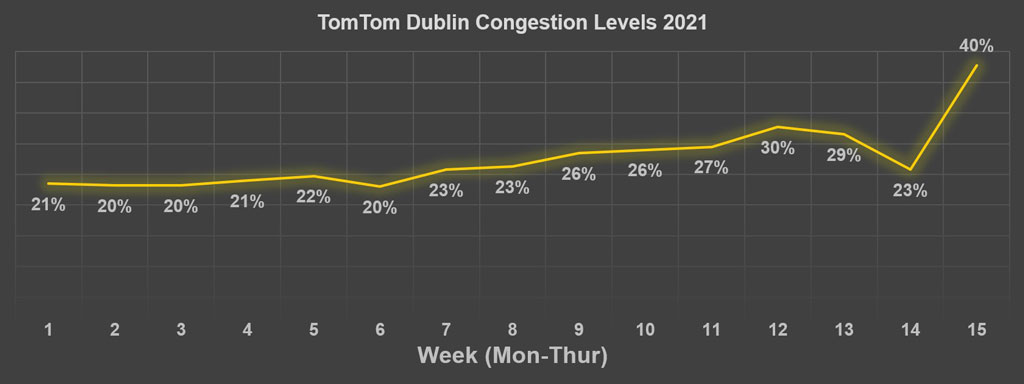
Morning and evening rush hour spikes are evident in the 7-day graph below especially when compared with weekend days. Morning gridlock in the capital peaked on Tuesday 9am at 75%, while evening congestion was at its highest at 4pm Monday at 60%.
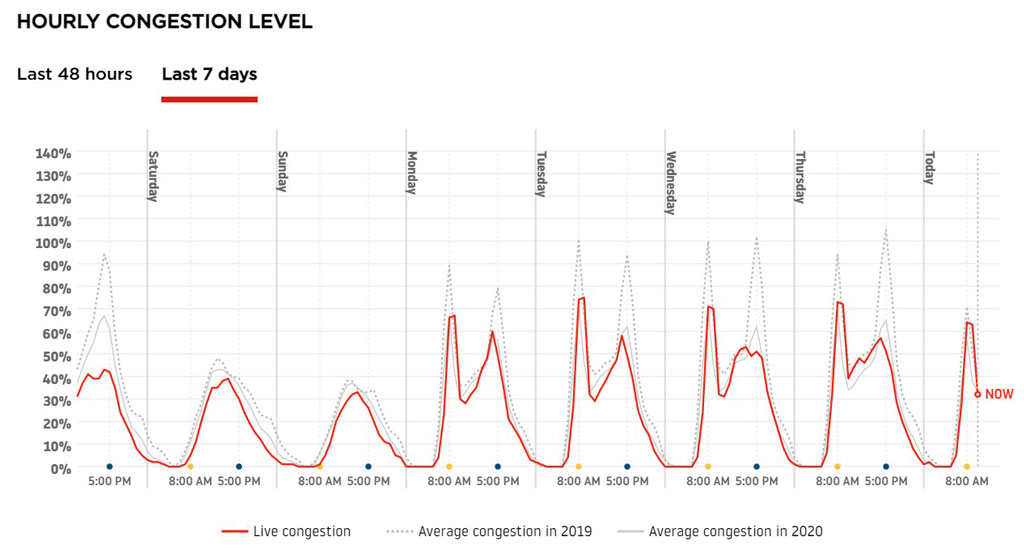
It is a similar picture in other main cities with daily congestion levels reaching 36% in Cork, 35% in Limerick and 39% in Belfast.
The TII is reporting that in general, there is a very large increase in traffic volumes this week as compared with last. This is likely to be in part due to the schools returning from Easter holidays, but may also represent a movement of people away from home working in parallel with the full return to school. Traffic volumes across many of the traffic counters are now back at or very close to levels experienced before the introduction of Level 3 restrictions in October of last year.
Thursday totals from the sample of ten traffic counters located on the national road network for the morning period from 7am until 10am give the following comparisons:
- Same day 2019 -21%
- Same day 2020 +165%
- Same day last week +22%
- Same day pre-Level 3 -4%
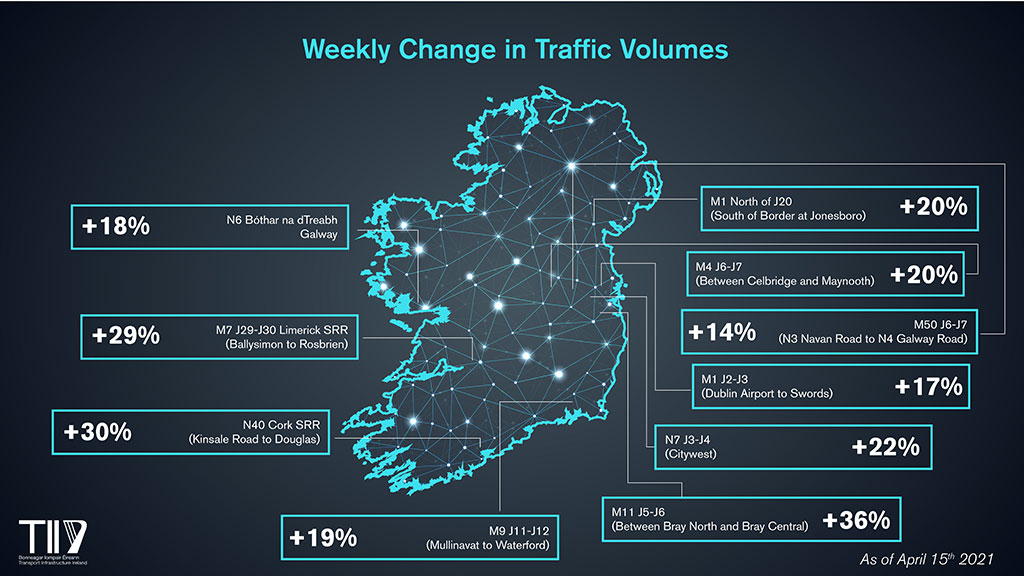
Traffic volumes on the radial routes into Dublin, comparisons with Thursday 8th April are as follows: +17% on the M1 at M50 to Airport , +22% on the N7 at Citywest, +36% on the M11 at Bray and +20% on the M4 at Celbridge-Maynooth. The M50 (N3 Navan Road to N4 Galway Road) shows a +14% increase while in the case of the regional cities the weekly changes in car traffic volumes are: N6 Bóthar na dTreabh Galway +18%, N40 Cork +30%, M9 Waterford +19%, and M7 Limerick +29%.
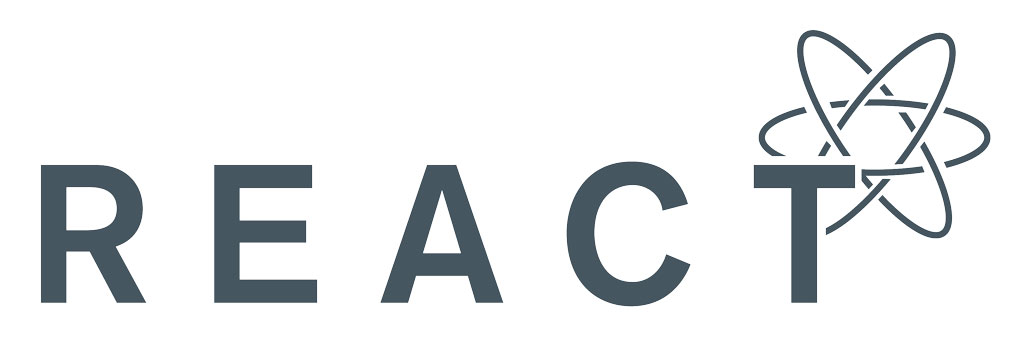
OOH Amplifies Other Media, new wave of React shows
Latest research carried out for PML Group by Ipsos MRBI, points to the important role for OOH in working alongside, and amplifying other media, in the form of TV and Online.
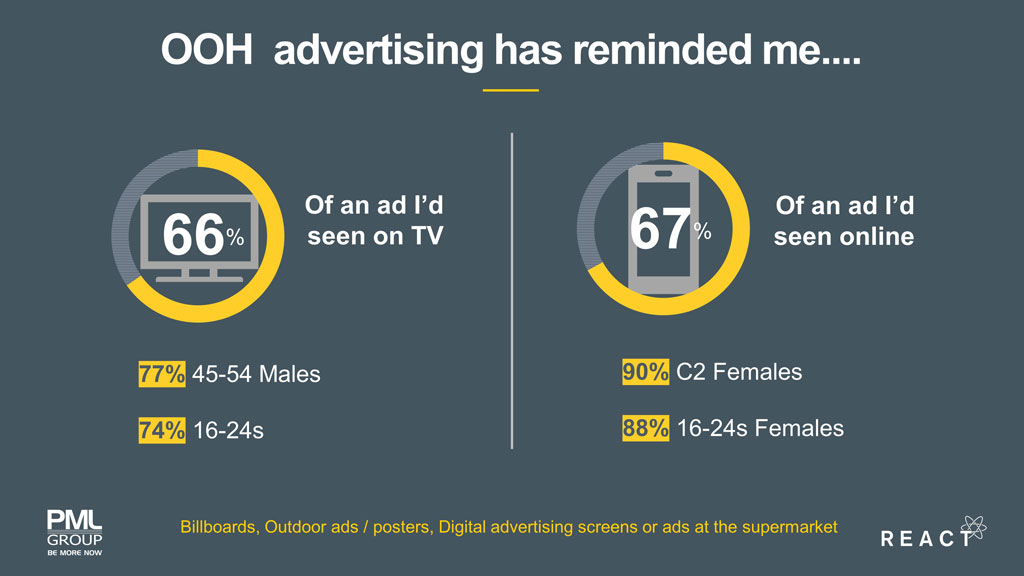
The latest wave of our React study found that two thirds of consumers say that in the past twelve months Out of Home advertising has, in at least one of its forms reminded them of a TV or online ad.
OOH & TV
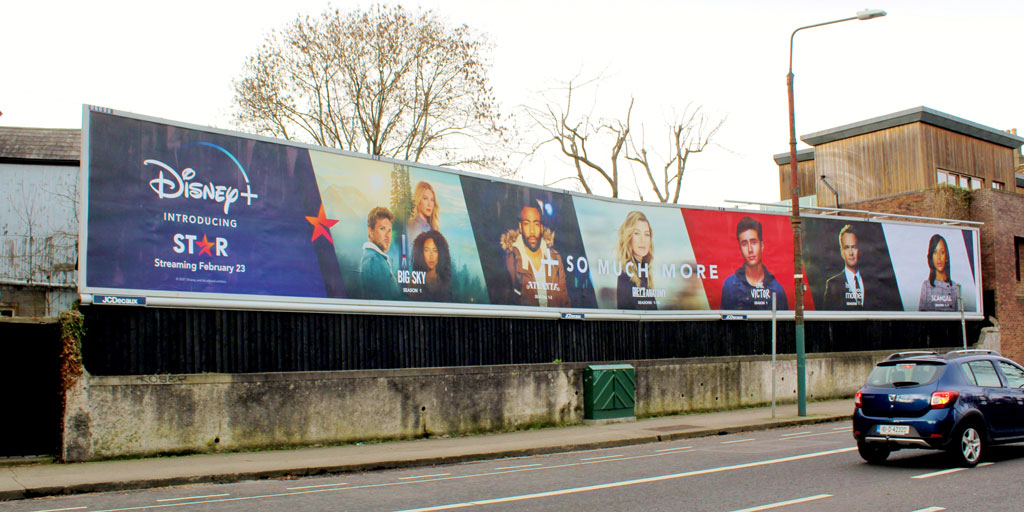
OOH & TV have long been considered complementary media. OOH adds incremental reach & frequency to a TV campaign, especially amongst hard to reach TV audiences. They are a complementary in terms of:
- Time of Day – roadside and commuter OOH is most effective during and in-between weekday rush hours while TV attracts prime time audiences in the evening.
- Geographies – OOH is particularly adept at reaching younger city audiences.
- Moods – At home we tend to be more relaxed and introspective while out of home we tend to be more active and reactive. Source: Clark Chapman Research.
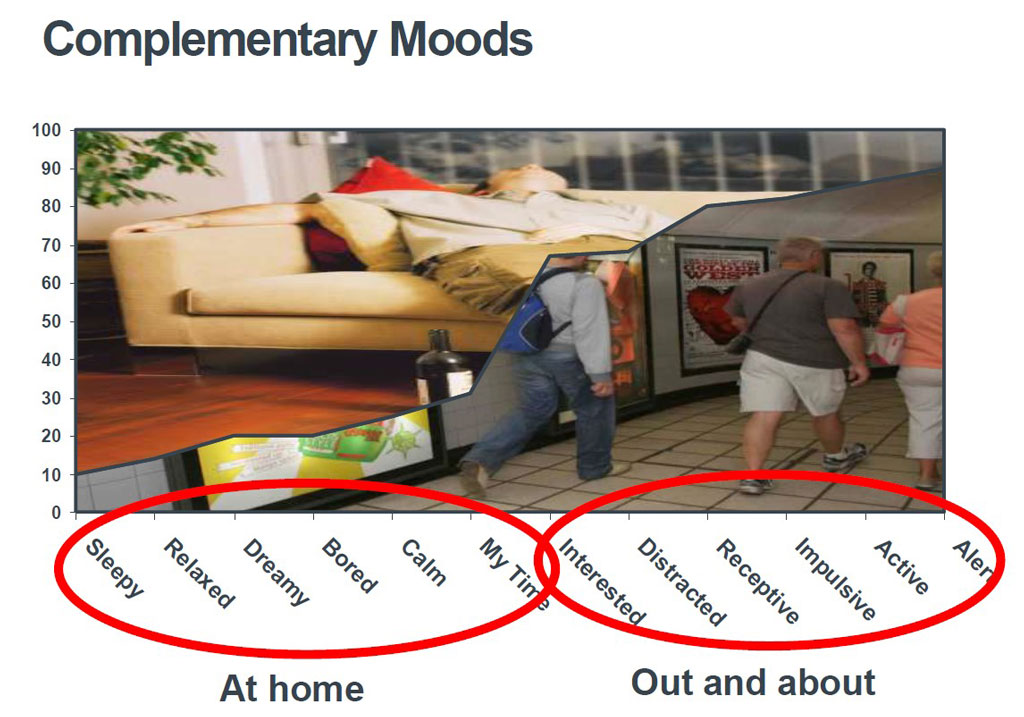
So TV & OOH work together to drive:
- Advertising cut-through
- Brand awareness
- Brand equity & stature
- Message communications
- ROI & campaign longevity
As we reported last week findings from TGI show Outdoor targets a younger demographic than other traditional media – radio, TV & press. Heavy OOH consumers earn more, and lighter TV viewers travel more. In effect Out of Home, in indexing high with young and upmarket cohorts, is a good ‘fit’ in terms audience with other media channels. It fills holes in demographics and builds frequency into broadcast campaigns.
OOH & Online
Scott Green, strategy director at Posterscope recently explored five ways OOH complements online:
1.Tech and data digitise OOH (reach)
Reach is still the key ingredient for driving market share and building brands. OOH essentially provides a way for brands to build mass awareness with comparably low CPM’s. A powerful and trusted interaction, OOH nudges consumers into the buying funnel where digital plays an increasingly important role.
Developments in technology and data have effectively digitised OOH’s reach. Mobile data reveals consumers’ movements and digital behaviours, providing a clear view of where, when, and how consumers interact with digital content when outside of their homes.
Using data to plan OOH optimises reach. Brands can effectively target different audiences to influence new and changing patterns in consumer behaviour through location, frequency, and context. And the flexibility and agility of DOOH ultimately sharpens this focus to transform how brands drive saliency through contextual relevance…at scale.
2. OOH drives consumers online
As brands and retailers invest to transform the shopper experience, and meet the surge in online buying, understanding how to reach and drive consumes to sites, apps and stores is fundamental for growth across all categories.
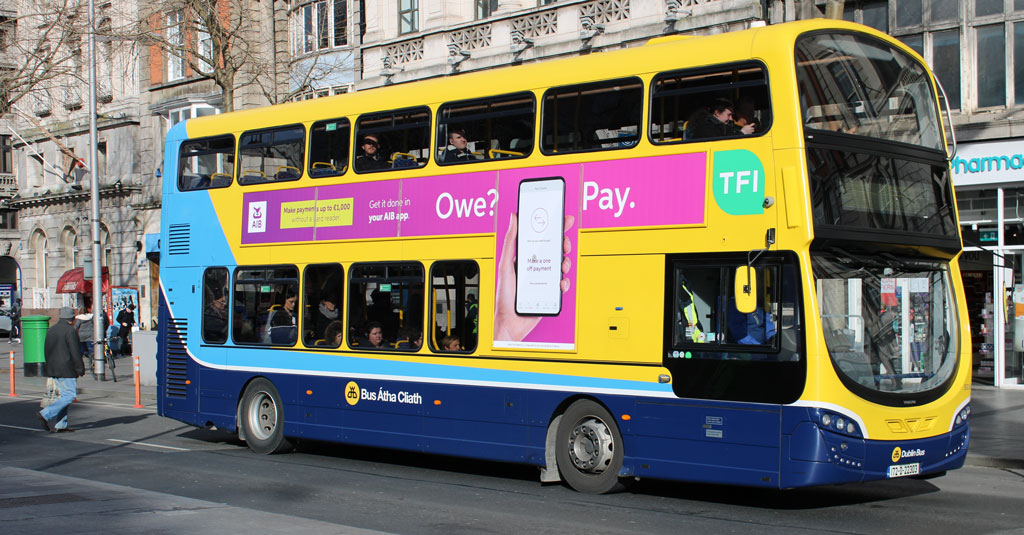
Recent research reinforces the effectiveness of OOH in the digital media ecosystem. Digging deeper into the IPA Databanks one can draw a direct connection between OOH and the performance of digital channels, with OOH amplifying the effectiveness of Search and Social.
Nielsen also found that OOH campaigns boost online search and social media activity more than other traditional media and even online banner ads. Online activations generated by OOH advertising indexes at nearly four times the expected rate given its relative ad spend – which is why big tech and digital companies spend significantly in OOH.
3.OOH is best placed to prime digital channels
In addition to OOH fast being acknowledged as the best primer for all things mobile, and social, digital companies have repeatedly relied on OOH to broaden their appeal, drive new behaviours, and build their brands in the public domain as our lives increasingly migrate online with the ongoing adoption of smart devices. Google’s voice search campaign is memorable for using OOH’s real-world context of location very effectively and driving a 70% increase in search.
4. Omnichannel – OOH, Social & Mobile reach, engage and influence
In today’s smartphone infiltrated world, the way people consume media is constantly changing, and as mobile and digital media become more saturated, OOH can intercept consumers. Using smart data-led planning and buying, OOH can cut-through the noise, earning consumers attention to seek out relevant brands through mobile.
OOH has always been a powerful creative experience. It can be bold, provocative, surprising, or delightful, driving consumers online to share experiences or show support, to obtain information, products, or services right there and then, in that very moment.
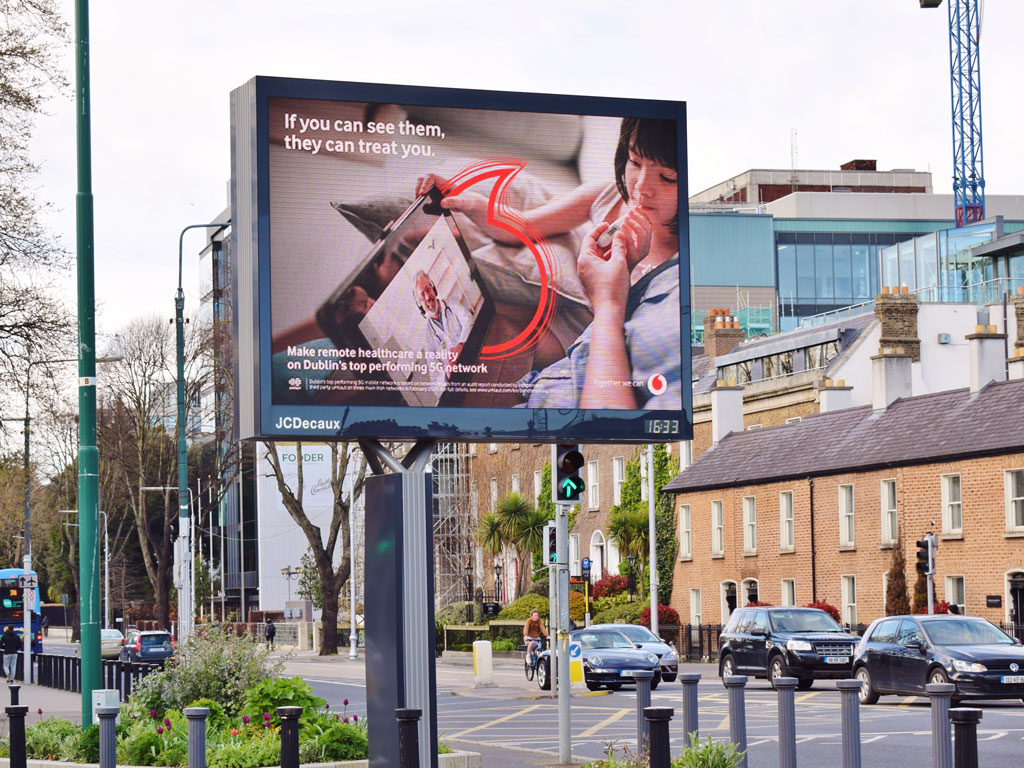
5. OOH is at the heart of the change to Mobility
OOH is at the heart of mobility. There’s a natural synergy between the OOH and mobile experience, with both steeped in location. Unlike other media it can’t be skipped, scrolled past, or blocked. It’s hard to ignore. Which is why OOH can affect real behavioural change in ways that other, more passive media cannot.
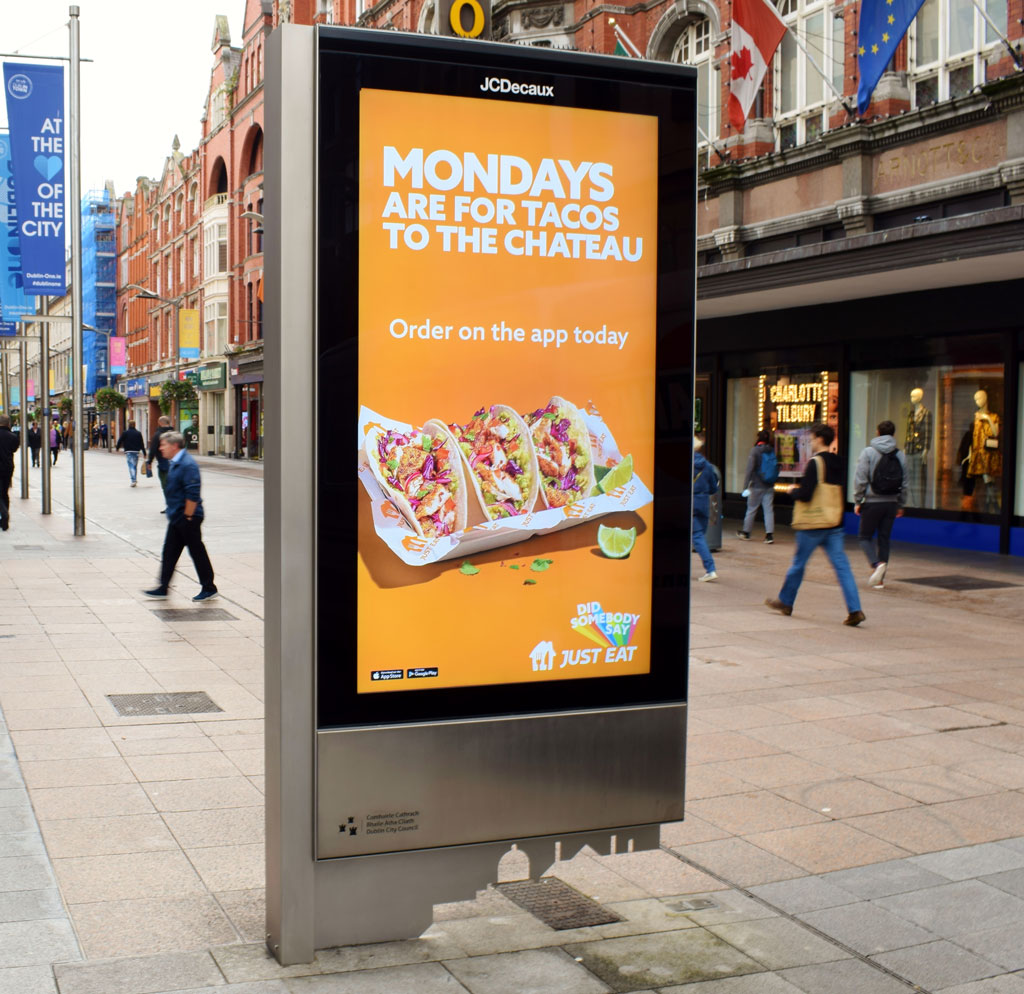
And as the path to purchase becomes shorter and more frictionless than ever before, holistically combining OOH and mobile can help brands focus on business KPIs – whether that’s sales, engagement or brand building – and optimise the media mix to deliver outstanding results.
Brands have consistently sought to leverage mobile as part of their OOH campaigns, to bridge their physical and digital efforts, connecting consumers using interactive QR codes, NFC capabilities and Augmented Reality. The roll out of 5G technology will also transform the way we connect. Apple’s launch of the 5G iPhone has accelerated this transformation and our mobility, changing our digital lives and behaviour forever.
A mobility first approach
As Covid-19 has changed consumer behaviour, so it has changed OOH campaigns. Certainly, they must become more localised now, and perhaps longer than the typical two weeks to maximise audience reach and frequency. But it doesn’t change how brands should plan and buy OOH media. Smart, data-led planning leverages OOH’s reach. As our worlds become smaller and more localised and we move online, many might recommend brands take a Mobile First approach – but it’s actually Mobility First.
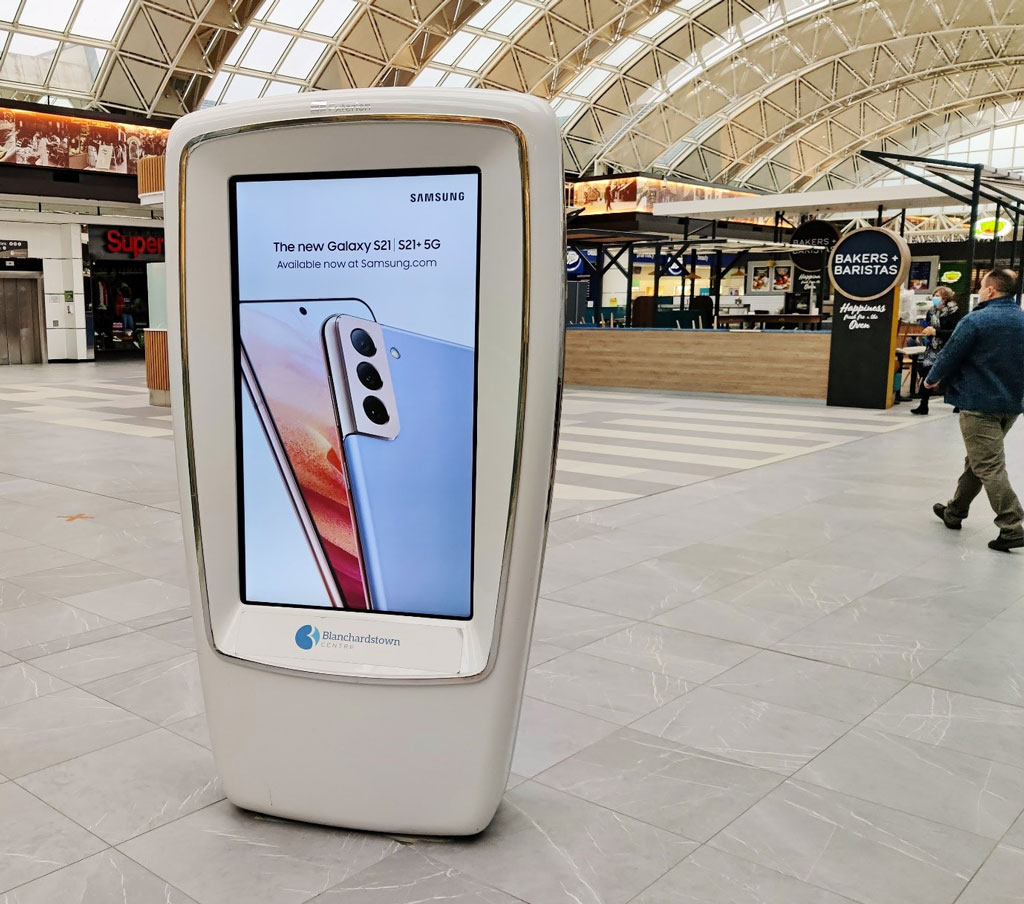
Mobility reflects who the consumer is, their lifestyle, their choices, their mindset…the delivery of information on the go that makes things easy for consumers to interact. And location data is the key output that reflects mobility and informs the consumer journey in a whole new way … nudging consumers into the buying funnel.
And OOH is at the heart of mobility.
Pedestrianisation Roll Out Continues
Last week, we reported on the announcement of funding to upgrade outdoor dining infrastructure and the pedestrianisation of streets in Cork city to facilitate a safe return to cities and towns.
This week, the capital comes into focus with Dublin City Council’s plan to pedestrianise Merrion Row, Mary Street and part of Capel Street on a trial basis for an outdoor summer.
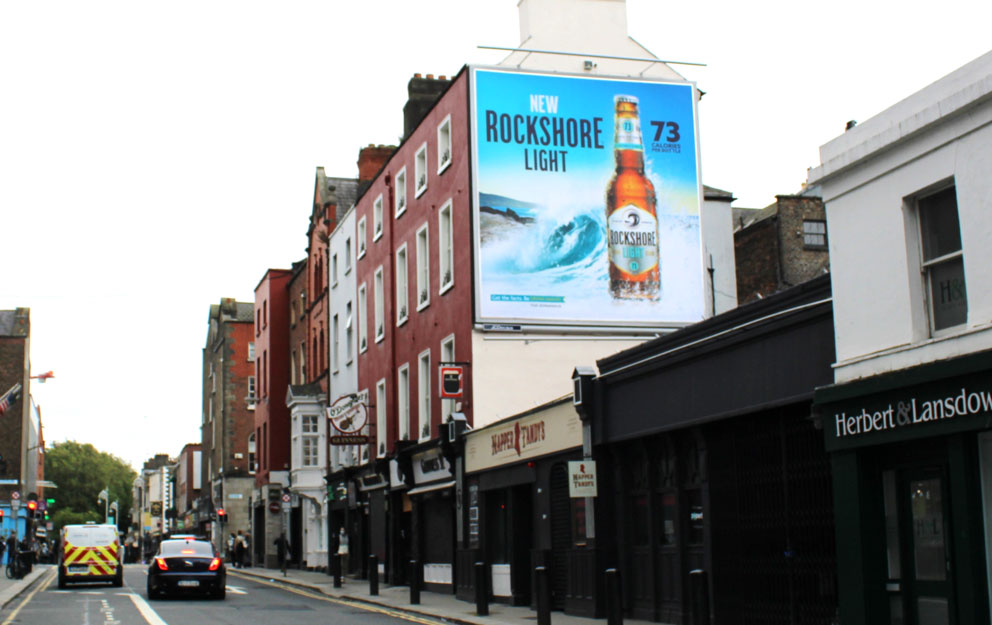
The scheme will be aimed at helping hospitality venues reopen and to draw Dubliners back into the city centre. The move comes following the success of last summer’s scheme which saw a number of Dublin streets in the Grafton area pedestrianised that led to a significant increase in footfall.
Savings Spending Spree
The Central Bank predicts that consumers could spend up to half of the estimated €11billion of savings accumulated during the pandemic once the recovery begins.
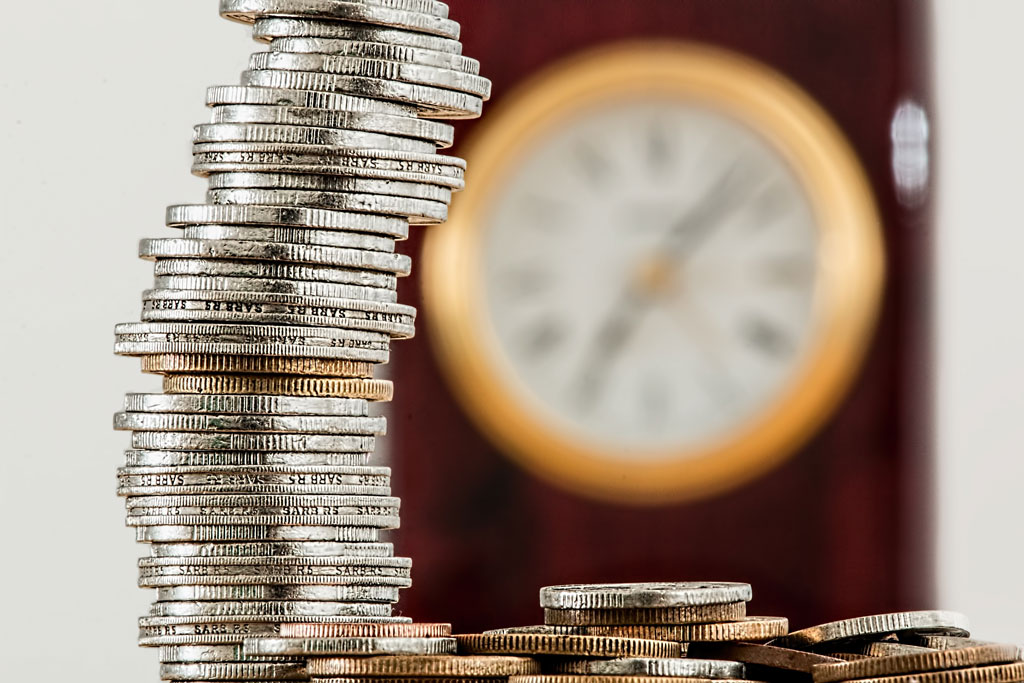
Household savings grew by €11billion over the last year with our ability to spend limited due to closures. The figures published by the Central Bank estimates that if half of savings are spent, it could add €5billion to the economy.
As we have seen with the previous reopenings last year, pent up consumer demand was prevalent with spend reaching record levels as consumers began to engage in more spending opportunities and activities.
Consumer Spending Rises Sharply in March
Bank of Ireland has released its debit card spending report for March which shows consumer spending rose sharply in the month of March compared to the month previous.
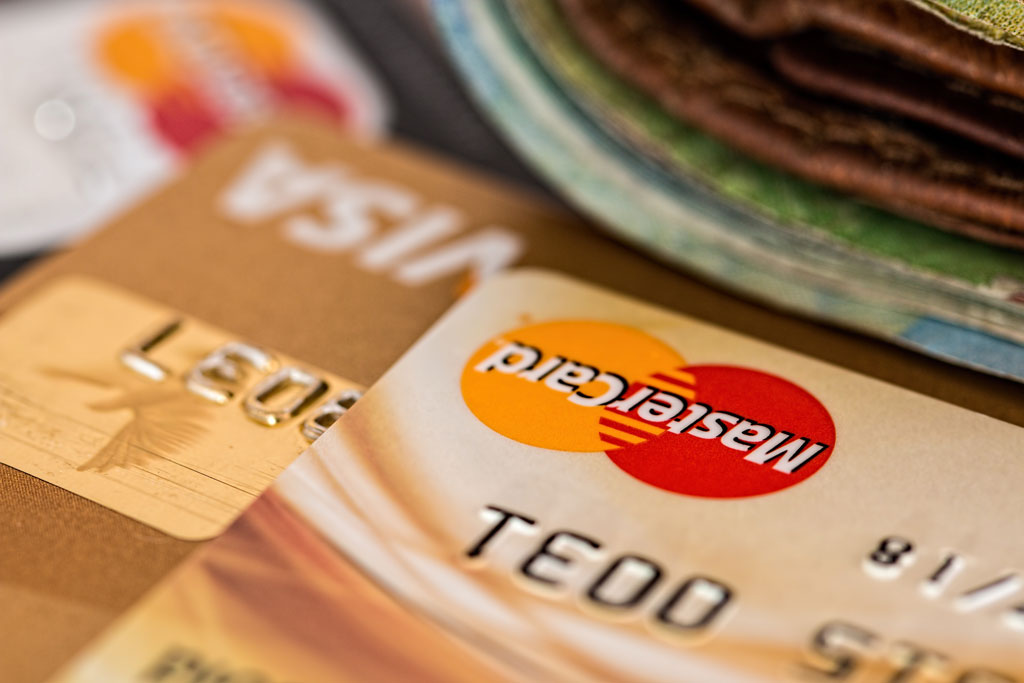
Debit card retail spending rose 28%, driven by large increases of spending in gardening stores (+118%), spending in bikes shops rose by over half (+57%) and charitable donations rose by 56%.
Interestingly, airline spend was up 45% suggesting that consumers may be beginning to see hope on the horizon as the vaccine roll-out progresses.
With restaurants still operating takeaway services, spending on fast-food takeaways rose considerably with a 35% increase month on month.
“With people more hopeful and planning ahead, perhaps it’s not surprising to see spending on airline travel rising significantly,” said Christian Pierce, group chief data and analytics officer at Bank of Ireland. “While many others will want to make the most of what they have locally – if our homes are our castles, spending increases in the carpentry and gardening sectors were to be somewhat expected.”
“Overall, it paints a picture of consumers that have now adapted their spending to fit the restrictions,” he added.
And Finally…
Looking to our neighbours (with a slight twinge of envy) as their reopening gets underway, OOH has played a key role for brands welcoming consumers back to outdoor settings.
Guinness in the UK launched a perfectly timed DOOH campaign to celebrate the return of the on-trade market with messages such as ‘Smoothly does it’ and ‘Enjoy a fresh pint in the fresh air’ displaying on digital screens across the country.
Retailer B&Q put a spring its step with a series of high impact billboards that captures the spirit perfectly with ‘We will grow again’ messaging celebrating the resilience and re-emergence of the UK.
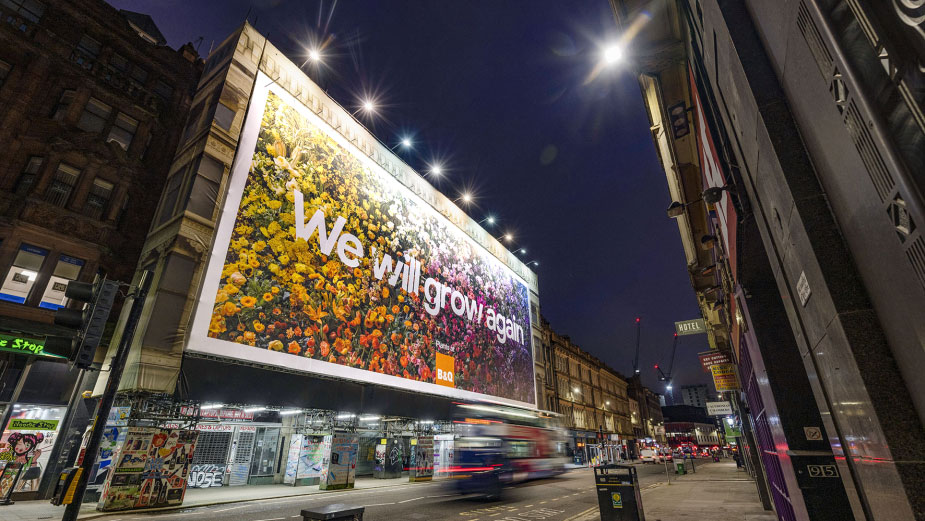
While Stella Artois also celebrates the hospitality sector’s return on OOH with a campaign promoting its ‘Stella Tips’ initiative. For every pint served, Stella have pledged to tip £1 to bar staff with the aim of supporting and welcoming them back.




















